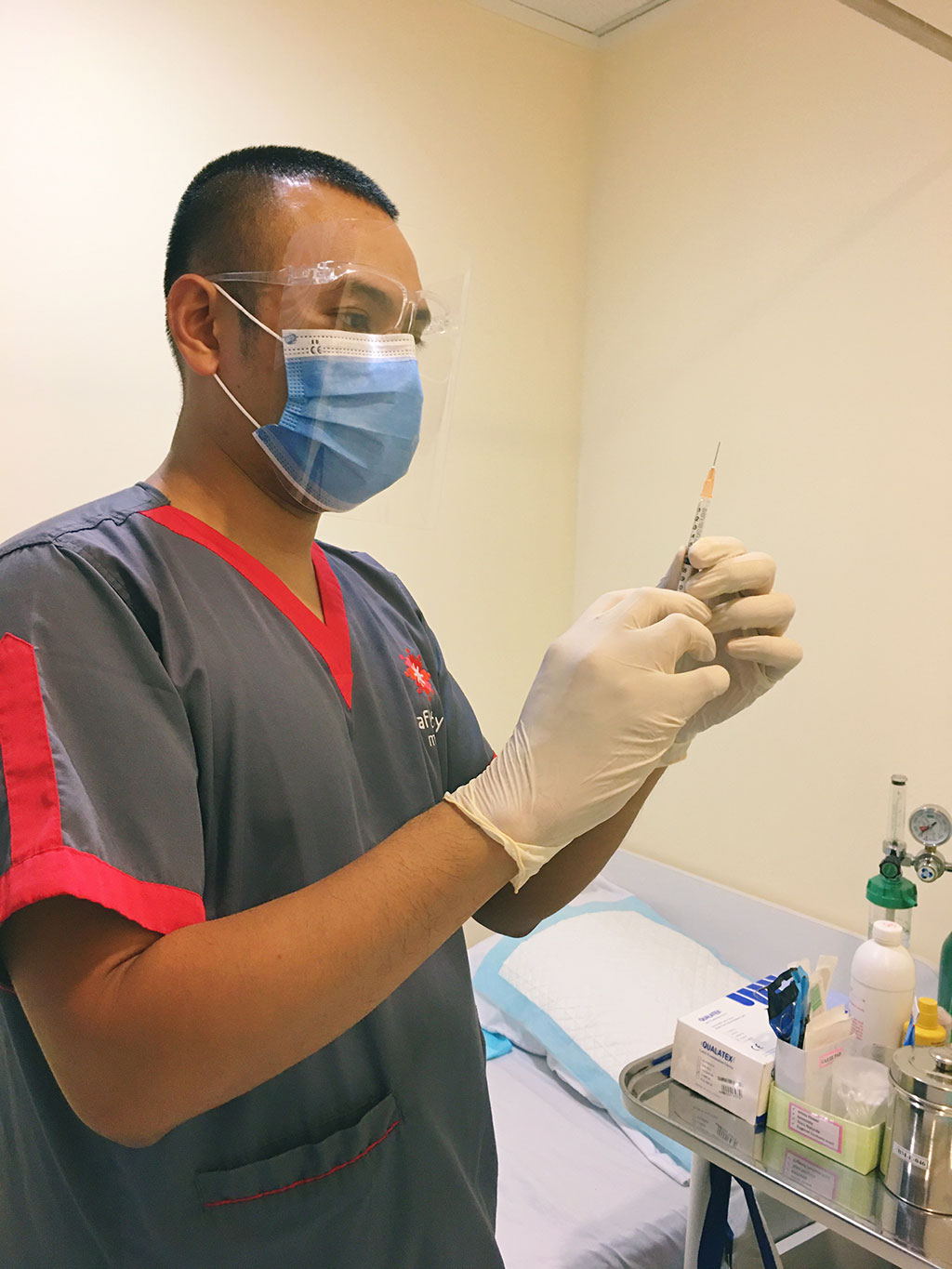Unified Approach Could Prevent Unnecessary Blood Tests in PICU without Increasing Sepsis Risk
Posted on 03 May 2022
When a patient in the pediatric intensive care unit (PICU) develops a fever, physicians often routinely order a blood culture to identify the cause, particularly if they have reason to worry about sepsis, a life-threatening condition that occurs when chemicals released by immune system cells in the bloodstream to fight an infection trigger inflammation and shock throughout the body. However, repeated blood draws along with the use of antibiotics while awaiting culture results contribute to a rise in antibiotic resistance, leading to additional testing and extending the hospital length of stay. Now, researchers have developed and demonstrated the safety of a decision support program that appears to substantially reduce the number of blood draws in the PICU, and is likely to reduce antibiotic prescriptions without increasing the risk of sepsis.
The new study which was a national collaborative of 14 institutions and their experts, including researchers at Johns Hopkins University (Baltimore, MD, USA), builds on programs already in place that have safely reduced the use of other diagnostic tests, such as urine cultures. According to data from the U.S. Centers for Disease Control and Prevention, about 30% of antibiotics used in hospitals are unnecessary or prescribed incorrectly. Previous studies from other researchers have found that more than half of patients in the PICU often receive antibiotics for symptoms such as fever that may arise from noninfectious illnesses or even weaning from some medications.

In their study, the research team at Johns Hopkins Children’s Center led a national multidisciplinary collaborative of experts in pediatric infectious diseases, critical care medicine, quality improvement and other fields called BrighT STAR (Testing STewardship to reduce Antibiotic Resistance). The goal was to explore and compare existing studies and practices, and produce guidance recommendations to reduce blood draws in patients with low suspicion or risk for sepsis, and to measure the impact of the algorithm on blood culture rates, broad-spectrum antibiotic use and other patient outcomes. The 14 participating sites were diverse with respect to institution size, patient population and geographic area. Johns Hopkins Medicine investigators provided each site, which had its own team of experts, with a pre-implementation assessment tool while coaching them to launch their own quality improvement programs and strategies to execute the plans.
While the composition of the clinical support tools varied, each institution sought to standardize practices across its unit and reduce variability in decisions in ordering blood cultures, as well as highlight patient safety considerations. Blood culture rates, along with other measures, were tracked and reported monthly. The coordinating team held regular calls with individual sites and the larger collaborative throughout all steps of the project, conducted between 2017 and 2020.
In the 24-month period prior to implementation of the quality improvement algorithms, 41,731 blood cultures were performed at all 14 sites, compared with 22,408 cultures in the 18-month post-implementation period. Across sites, the median blood culture rate dropped from 146 per 1,000 patient days/month before implementation to 99 per 1,000 patient days/month after. Overall, 13 of 14 sites reduced their blood culture rates in the post-implementation period between 15% and 58%. Across the 14 sites, the blood culture rate was reduced by an average of 34% between the study’s pre- and post-implementation time frames (156.9 blood cultures per 1,000 patient days/month to 104.1 blood cultures per 1,000 patient days/month).
In the 11 sites that reported on antibiotic use, results showed a 13% overall average reduction in the amount of antibiotics prescribed (506.0 versus 440.3 total days per 1,000 patient days/month). At all 14 sites, central line-associated bloodstream infections decreased by 36% (1.79 to 1.14 per 1,000 central line days/month). There was no significant change in the rates of one of the most frequent and dangerous hospital-acquired infections, Clostridioides difficile (0.38 vs. 0.36 infections per 1,000 patient days/month). Mortality rates, length of stay and readmission in the PICU, as well as overall hospital readmissions, were similar before and after program implementation.
The research team has cautioned that the study may have missed instances in which antibiotics were prescribed without collecting blood cultures, which could have increased the amount prescribed. Also, all sites enrolled in the study had clinicians and others experienced in quality improvement. The researchers additionally say their analyses do not account for variations in individual site implementation plans. However, they believe their concept will help change clinician decision-making and, ultimately, benefit patients. The researchers are seeking to expand and implement a similar approach at all hospitals across the nation. They are also investigating ways to scale this concept to other hospital units, including those caring for adults.
“These findings suggest that multidisciplinary efforts to standardize blood culture collection and avoid unnecessary testing in the PICU can be done successfully and safely in diverse settings, and that reducing blood culture use can, in turn, reduce broad-spectrum antibiotic use,” said pediatric infectious diseases specialist Aaron Milstone, M.D., M.H.S., who is also a professor of pediatrics at the Johns Hopkins University School of Medicine and an expert on systems designed to prevent hospital-acquired infections and improve patient safety.
Related Links:
Johns Hopkins University













